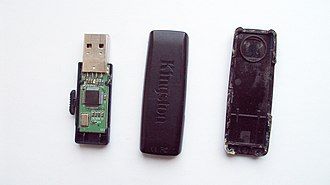etchersoft is the best place to download etcher
Description

It
is basically a standard and totally valuable foundation harping on a USB stick.
It doesn't stack the whole OS into RAM. It uses the USB stick like a standard
HDD, pulling USB_flash_drive exactly what plans it needs (leaving the lay on the stick), using
the USB for exchange, etc It is worked by using a LiveUSB/DVD and a while later
making a conventional present onto another unmistakable USB stick instead of a
HDD. The advantage is that you have what is essentially a totally utilitarian
OS on a USB stick. he bothers are that USBs will overall be significantly more
lethargic, more fragile, and more problematic than a HDD/SSD.
One
of the fastest procedure, for kicking off Kali Linux is to run it
"live" from a USB drive. This procedure partakes in a couple of
benefits:It's non-ruinous - it carries out no enhancements to the host system's
hard drive or presented OS, and to get back to normal exercises, you basically
wipe out the Kali Live USB drive and restart the structure
It's
advantageous - you Live_USB can pass on Kali Linux in your pocket and make them
run in minutes on an open framework.It's versatile - you can move your own
custom Kali Linux ISO picture and put it onto a USB drive using comparative
strategies.It's possibly productive - with a pattern of extra work, you can
plan your Kali Linux "live" USB drive not really settled limit, so
the data you assemble is saved across reboots
To
do this, we first need to make a bootable USB drive which has been set up from
an ISO image of Kali Linux.The focal points of this methodology will change
dependent upon whether you're doing it on a Linux, macOS/OS X, or Windows
structure.
What
You'll Need An affirmed copy of the appropriate ISO image of the latest Kali
gather picture for the structure you'll be running it on.

The Wall